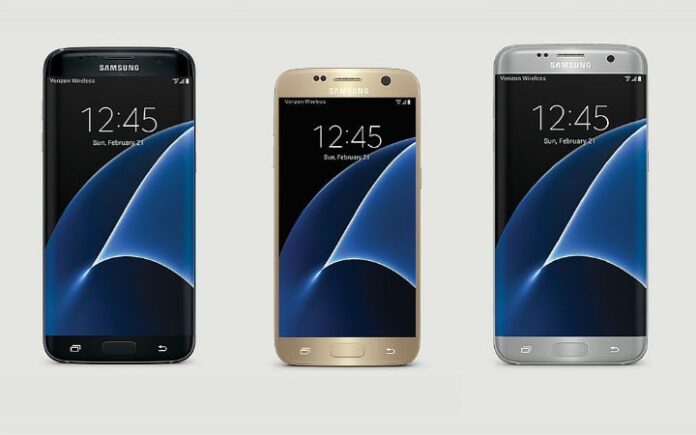Testing 3x carrier aggregation for future network, Sprint says
In what it described as prepping for future network deployments, Sprint said it used a Samsung Galaxy S7 coupled with three-channel carrier aggregation of its 2.5 GHz spectrum holdings in a test resulting in data transmission speeds up to 300 megabits per second, with expected “real world” speeds of around 200 Mbps.
Sprint currently employs two-channel carrier aggregation in 150 markets under the LTE Plus Network branding, using a total of 40 megahertz of spectrum in the 2.5 GHz band. The new flagship Samsung phone is one of a limited number of devices designed to support three-channel carrier aggregation, which Sprint said it plans to take advantage of.
“Our high-band 2.5 GHz spectrum excels at moving high volumes of data at very fast speeds,” explained Sprint CTO John Saw. “And while 60 megahertz of spectrum can deliver the kind of phenomenal speeds shown today, we’re just getting started. With holdings of more than 160 megahertz of 2.5 GHz spectrum in the top 100 U.S. markets, we have more capacity than any other carrier in the U.S. This is a tremendous advantage, allowing us to keep adding the capacity and speed needed to serve our customers’ demand for data now and well into the future. Two-channel carrier aggregation has already had a significant impact on our network performance and we’re excited to take it to the next level with Samsung.”
Sprint said it performed the latest test at a facility in Reston, Virginia.

